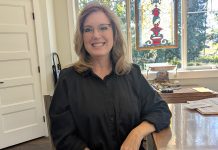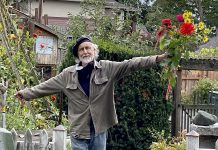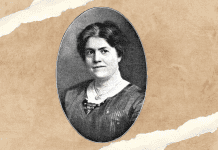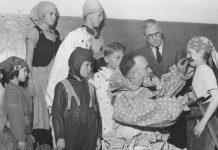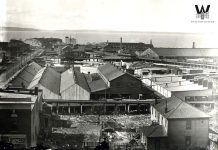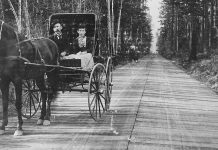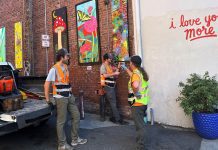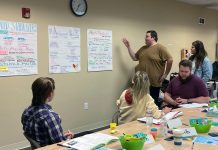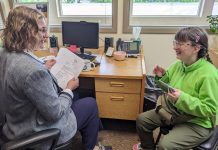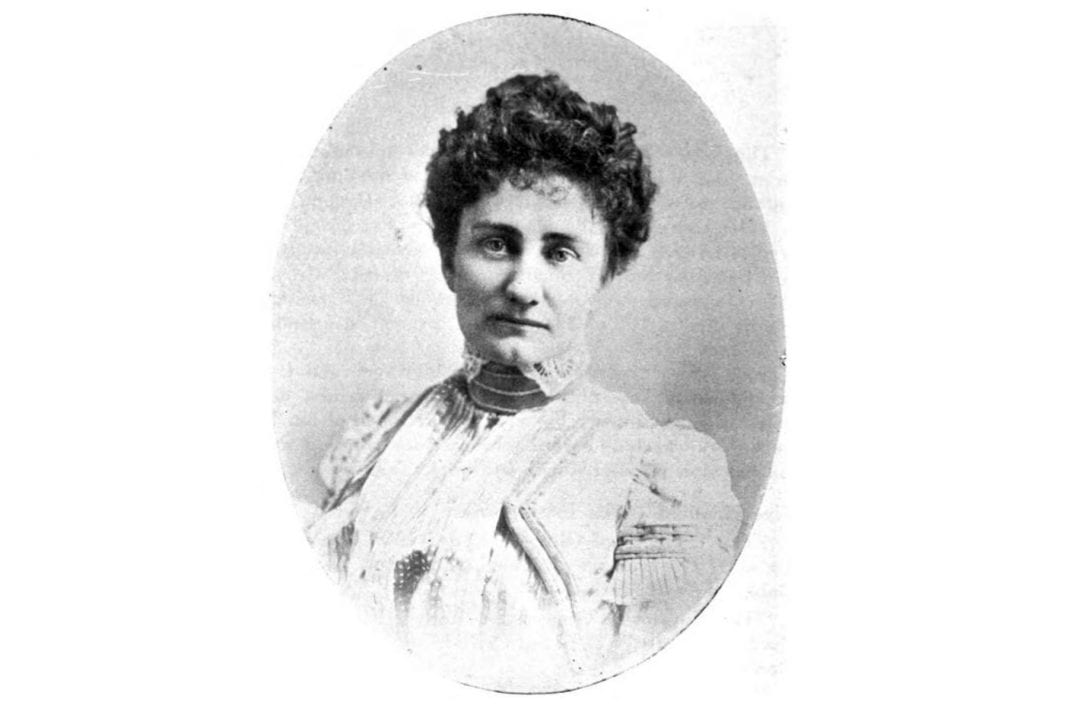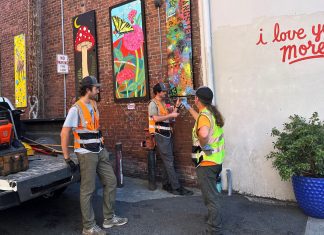For locals invested in Bellingham’s culture, the name “Ella Higginson” is generally familiar. Literary enthusiasts may know her as Washington’s first Poet Laureate. Western Washington University visitors may know that the façade of Edens Hall quotes her (“Here is the Home of Color and of Light”). However, significantly fewer people recognize Ella Higginson’s untold influence on Bellingham and Pacific Northwest literature.
Higginson was born 1862 in Kansas and grew up in Oregon. In 1888, Higginson and her husband, Russell, moved to New Whatcom, where they remained and built a locally famous house. Higginson’s more than 800 works—poems, fiction, and essays—inspired nationwide fascination with our region.
“Ella Higginson put the Pacific Northwest on the literary map,” says Dr. Laura Laffrado, an English professor at Western Washington University. “She created the Pacific Northwest in the minds of people who would never be here.”
Center for Pacific Northwest Studies’ Ella Higginson Papers include “12 linear feet” of manuscripts, proofs, correspondence, reviews, and photographs. Laffrado learned about Higginson through this collection, having never heard of her before.

“I started with a tiny bit of knowledge and over the course of the last few years, I have published academic articles on her, I’ve spoken about her all over the country, I’ve spoken about her in Canada,” Laffrado says. “My mission has become to bring Ella Higginson and her work back to the prominence that she and they had in American literature at the turn into the 20th century.”
Winning awards for Selected Writings of Ella Higginson, Laffrado has helped Bellingham and literary communities remember this legendary author.
Lost and Found
The Edens Hall quotation lacks attribution because Higginson’s fame once eliminated the need.
“If you had to list the 10 most famous people from the Pacific Northwest at that time, all of them would be Ella Higginson,” Laffrado says. “It was as though you were to find out that you had Nathaniel Hawthorne living down the street from you.”
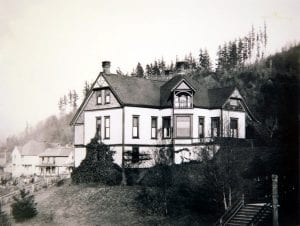
Most of Higginson’s work features the Pacific Northwest and Bellingham in particular, often nicknamed Kulshan. She wrote travel book Alaska, the Great Country after four summers there.
“Despite the fact that, at that time, this was still a pretty rowdy Wild West kind of time—prostitution was legal, crime was rampant,” and wildfires raged, Laffrado says, “there was Ella Higginson at her house on the hill writing American literature.”
Higginson faded into obscurity during her lifetime as World War I changed the literary landscape, however. Her belongings “scattered to the winds” after an estate sale and her works went out of print, creating a gap.
“It was as though the Pacific Northwest did not have any American literature during all those years,” Laffrado says. “So I think it’s important for us to reinscribe the truth of that, both so that people can know about it but also so that a piece of the puzzle isn’t missing anymore.”
Writing on the Walls
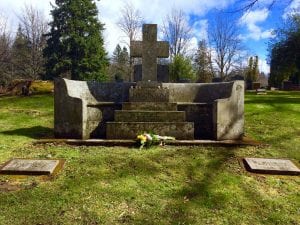
Bellingham’s scenery still reflects Ella Higginson’s influence. The Edens Hall inscription overlooks the Viking Commons area where her house once stood.
Higginson designed her own tombstone at Bayview Cemetery. The bench-shaped monument quotes “Yet I Am Not for Pity” and features symbols from her most famous poem, “Four-Leaf Clover.” This poem inspired the name of Holly Street’s Clover Building, which Russell Higginson helped finance.
“After I gave a talk at the museum, one of the city planners came up to me and said, ‘I’m gonna send you a picture tomorrow of an aerial view of the Clover Building. See what you think,’” Laffrado says. “When you look at it from the sky, it’s in the shape of a four-leaf clover.”
In 2019, Laffrado raised funds for a bust of Higginson at Wilson Library and commemorative plaques beside it, Edens Hall, and Viking Commons.
Restoring a Legacy
Laffrado continues researching Higginson for an upcoming biography, sharing new developments on her anthology’s Facebook page. She describes success in informing scholars, high school teachers, and readers about Higginson.
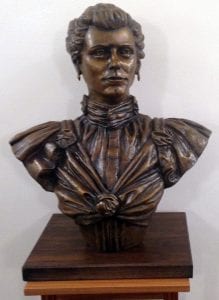
“I wouldn’t say she’s as well-known now as she was during the peak of her career, but certainly she is no longer forgotten,” Laffrado says. “I’d say I’m about halfway there.”
Laffrado’s courses have connected students with local literature. She recalls their amusement reading quotes from the protagonist in Higginson’s novel, Mariella, of Out-West: “She says, ‘Oh, what will I do? How am I going to get my bike fixed out in the wilds of Meridian Street?’ I had to stop class for five minutes because people were laughing so hard.”
The Ella Higginson Blog is among several dedicated student projects.
“Students have responded with great enthusiasm,” says Laffrado. “One of my students had a paper for the class that she expanded, published in the Whatcom County Historical Society journal. Another student got a tattoo of a quotation from Ella Higginson in Ella Higginson’s handwriting. Another student did a 30-second rap about Ella Higginson and entered it into a national contest.”
Through hard work rediscovering influential art, new art arises. As Higginson wrote: “If you work, if you wait, you will find the place/Where the four-leaf clovers grow.”

